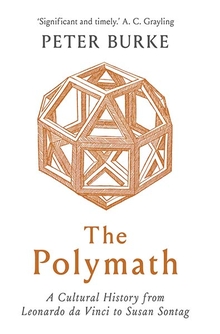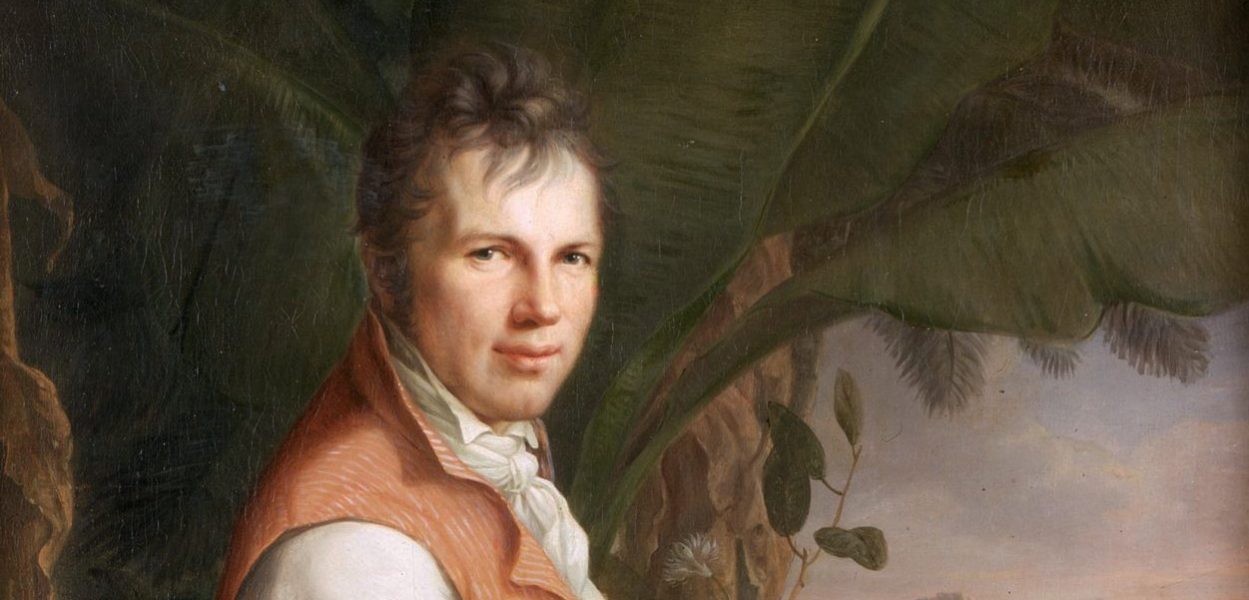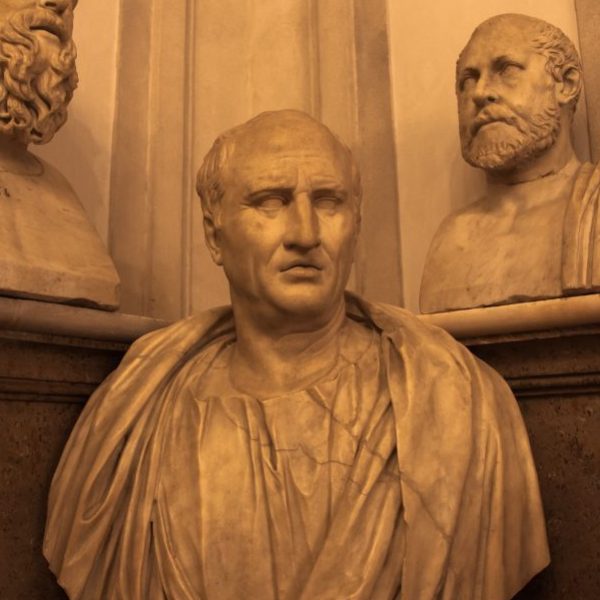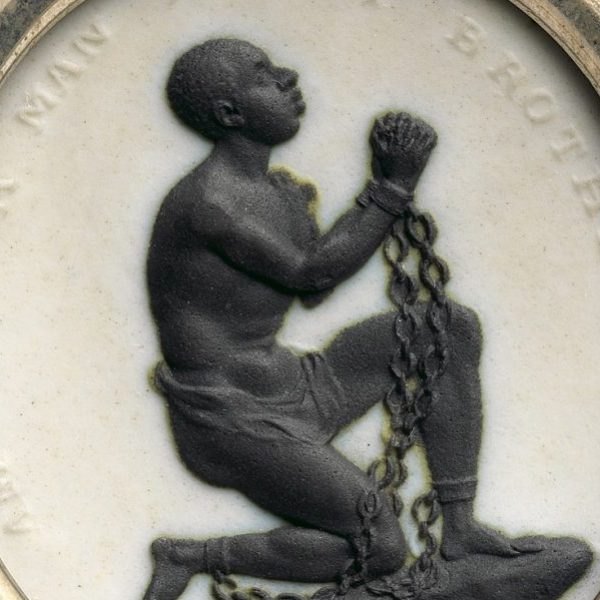The Endangered Species of the Polymath
Peter Burke—
People are talking more and more about polymaths these days, but at the same time, living examples of this intellectual species are becoming more and more difficult to find. By polymath I mean, like the ancient Greeks who coined the term, someone who has mastered many intellectual disciplines, like Aristotle, whose many works are concerned not only with philosophy but also with rhetoric, politics, astronomy, biology, and much more. Polymaths of this kind could be found in ancient China as well as ancient Greece, and in the medieval Islamic world as well as the medieval Christian one, but the best-known part of their history concerns the West from the Renaissance to the present. If there was a golden age of polymaths, I believe that it would stretch from Leonardo da Vinci in the fifteenth century to Alexander von Humboldt in the early nineteenth, via Gottfried Wilhelm Leibniz in the seventeenth. Leibniz, like Aristotle, is remembered today as a philosopher, though his interests were much wider, including mathematics, linguistics, law, and history.
Since Humboldt, if not before, it has become more and more difficult to become a polymath because there is, thanks to generations of researchers, more and more to know. The pressure to specialize has become more and more intense, beginning with medicine in the eighteenth century and spreading to more and more subjects. We need specialists, since most of what is known today, not only in the natural sciences but in the social sciences and humanities as well, is the result of specialist research. But we also need “generalists,” individuals who look beyond a particular specialty and spend their lives in search of the “big picture,” viewing the whole of the map of knowledge or, more realistically, a part of it that includes a number of different disciplines. Today, polymaths have become an endangered species. It has become necessary to set the bar lower than in Humboldt’s day, and individuals are now described as “polymaths” if they have mastered “several” rather than “many” disciplines. The “clustered” polymath concentrates attention on several connected disciplines, twigs on the same branch of the tree of knowledge, while the “serial” polymath leaps from one branch to another and another.
I have been fortunate enough to know a few polymaths, whose achievements reveal why humanity has needed and continues to need generalists. John Maynard Smith, a colleague and a friend of mine when I taught at the University of Sussex, was a professor of biology and a serial polymath. He once remarked that if he had achieved anything in biology—as he certainly had—it was because he had not studied the subject as an undergraduate. He read engineering at Cambridge and switched to biology as a postgraduate student. He wrote his doctoral dissertation on the evolution of the flight of birds, looking at birds from the point of view of an aeronautical engineer, concerned with the balance between stability and maneuverability. When I knew him, John had turned to game theory in order to understand evolution. Like other polymaths, he had a gift for seeing analogies between problems and solutions in different disciplines, and this view from outside as well as from inside a particular discipline offers a clue to his originality.
Jack Goody, a colleague and a friend of mine when I moved to Cambridge, was a clustered polymath. He read English at Cambridge before the Second World War. In a prisoner-of-war camp during the war, he read a book on anthropology that changed his life, The Golden Bough by James Frazer. On his return to Cambridge he switched to anthropology, carried out fieldwork in West Africa, and became a professor. However, Jack did not limit himself to anthropology. He also studied sociology and history, viewing them not as separate specialties but rather as different but complementary approaches to the same basic problems, among them communication (oral and written) and the family (especially descent and inheritance). In his long and productive retirement, Jack devoted himself to a campaign against Eurocentrism, undermining simplistic images of conflict between “East” and “West” and noting common features in the history of “Eurasia,” often in contrast with Africa.
It is worth noting that despite their wide interests, one of these polymaths worked on the science side of the “two cultures,” as famously described by the physicist-novelist C. P. Snow, and the other on the side of the humanities. Since Alexander von Humboldt, it has become increasingly difficult to combine achievements in both—with a few distinguished exceptions such as Gregory Bateson, who ranged between anthropology and biology, psychology and computer science, ignoring the frontiers between these disciplines in his search to understand communication. Even in the twenty-first century, it is possible to find a few polymaths whose achievements lie on both sides of the divide—Jared Diamond, for instance, who is best known today for his books on history, but began his career at the University of California in the Department of Physiology, and now resides at the same university in the Department of Geography.
Diamond is now 83. Younger polymaths are becoming more difficult to find. It may be my own short-sightedness—I hope that this is the case—but I am unable to identify any who were born after the year 1960. Will the species become extinct? It would be a tragedy if this were to happen, since generalists play an irreplaceable role in the growth of knowledge, compensating for the necessary but more limited knowledges of the many specialists.
Peter Burke is emeritus professor of cultural history at Cambridge University. He is the author of many books including A Social History of Knowledge, Eyewitnessing, and What Is Cultural History? His books have been translated into more than thirty languages.
Further Reading:



























